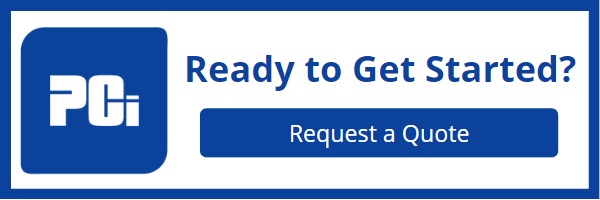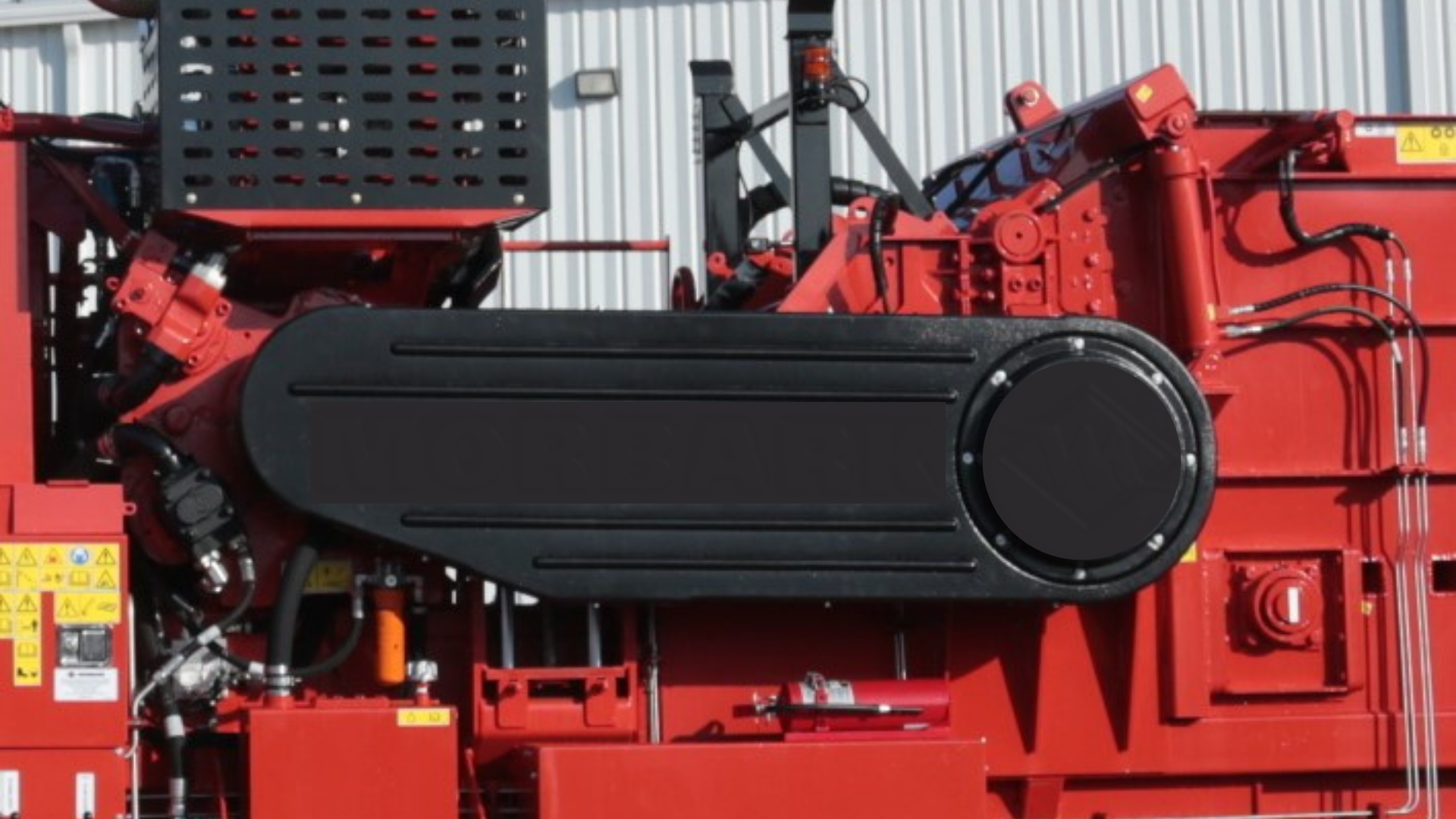Thermoforming tooling components are categorized as either male or female. When using male molds the main features of the part protrude from the mold base.
For female molds, the main features of the part are inverted into the mold base. In many cases, there will be female features in a male mold and vice versa. But in all cases, a male and female mold/tool/die are required to thermoform a plastic sheet. Dimensional Control - Male molds have an advantage. During the molding and cooling process, the material attempts to shrink and is controlled by the mold surface. A female mold loses this precision since during the cooling process, the material shrinks away from the mold surface.
Dimensional Control - Male molds have an advantage. During the molding and cooling process, the material attempts to shrink and is controlled by the mold surface. A female mold loses this precision since during the cooling process, the material shrinks away from the mold surface.
Draft Angles - Male molds generally need some degree of draft on all vertical walls due to material shrinking and wanting to contract and grab the mold surface. Female molds can get by with zero and in some cases negative draft since the material shrinks away from the mold surface.
Part Appearance - Male molds produce outer surfaces with a higher gloss and are free from mold marks, but they may limit sharp exterior details. Female molds create inner surfaces with a higher gloss, and while mold marks may be visible on the outer surface, they offer the advantage of allowing for sharp exterior details. The finished part texture can be customized by texturing the mold surface. Material Distribution - Material thinning is inverted on a male vs female tool due to where the material contacts the mold surface first. In both cases, pre-stretching material or a pre-forming bubble with a heated plug assist can enhance material distribution.
Material Distribution - Material thinning is inverted on a male vs female tool due to where the material contacts the mold surface first. In both cases, pre-stretching material or a pre-forming bubble with a heated plug assist can enhance material distribution.
Cost Advantage - Male molds are generally the most economical choice. They are particularly suitable for multiple cavity applications and offer a cost-effective solution. On the other hand, while slightly more expensive, female molds still provide cost advantages compared to injection molding tooling for comparable parts.
To learn more about thermoforming tooling, please visit our website.


